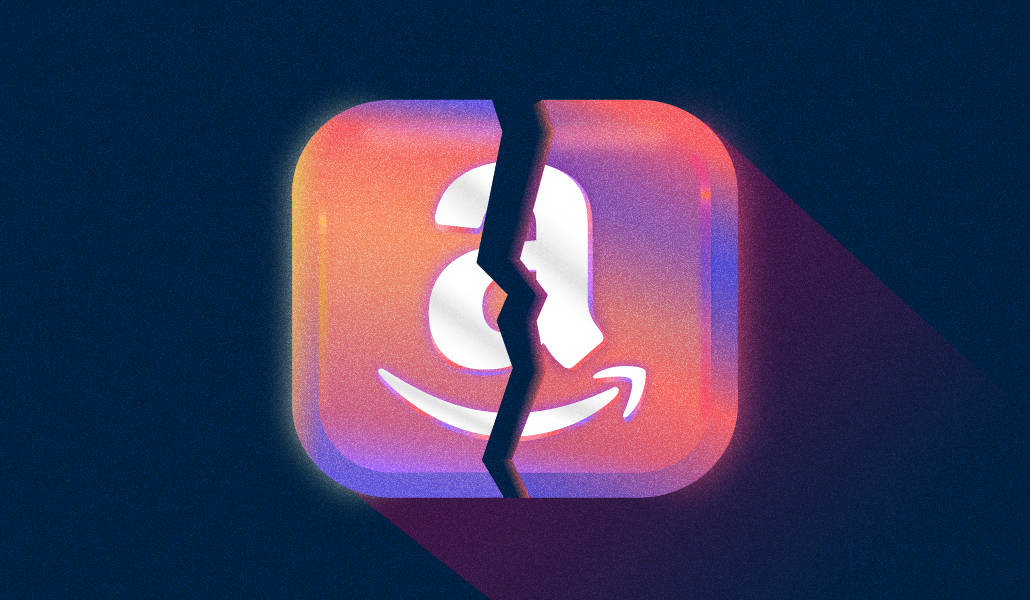‘Do I take a hit in sales?’: Merchants wonder how they’re going to pay for Amazon’s new Seller Fulfilled Prime fee

Amazon sellers that don’t use its fulfillment network are scrambling to make sense of the company’s latest trump card, a new 2% fee charge.
On Wednesday, Bloomberg reported that Amazon will charge an additional 2% fee on all Seller Fulfilled Prime orders starting October 1. This new fee targets merchants enrolled in Amazon’s Seller Fulfilled Prime program where brands ship their Amazon orders directly from their own warehouses. This comes on top of Amazon’s existing listing fee of up to 15% for selling via Amazon. Agency heads that work with brands that use SFP told Modern Retail they are left with no choice but to consider raising prices to offset this upcoming fee hike ahead of a crucial holiday season.
Rob Hahn, chief operating officer at Amazon agency Pattern said Amazon is “specifically selling the prime badge, which is a little frustrating.”
Amazon first introduced the Seller Fulfilled Prime Program in 2015 to increase the number of items eligible for two-day shipping through its paid Prime membership. But the company paused enrollment of new sellers to this program around the end of 2018 citing gaps in the quality of the experience. However, in June, Amazon told sellers that it would soon reopen the enrollment into its SFP program. Amazon is now set to accept new applications for the SFP program on October 1, according to a new blog post shared on Amazon’s seller forums. The post contained a new set of updated requirements to ensure that it meets Prime customers’ high expectations.
For its part, Amazon said this new fee is “needed to develop and run” its SFP program. “Seller Fulfilled Prime is a voluntary, optional program that enables sellers who independently handle the fulfillment of their products to have their offers receive the Prime badge. Due in part to the investment needed to develop and run this program and associated costs, there is a small fee associated with units sold through this program,” wrote an Amazon spokesperson in an emailed statement.
Hahn at Pattern, which has 10% to 15% brands that sell some items via SFP, said “brands are stuck in the middle of this.”
“We’ve got until October 1 to decide, do we pass this on to customers? Do we not and just eat it going into to Prime? And this time of the year is tough, too, because a lot of brands have already ordered stuff and planned for volume for the rest of the year. And so they’re in a tough spot,” Hahn said.
Phil Masiello, founder of powdered superfood brand Uplift Florae and CEO of revenue acceleration agency Crunchgrowth, agreed. “Everybody’s looking at it going — well, we’re just going to have to raise the prices because we didn’t plan on this. We don’t have time to react to it. We can’t sit there and look at product that’s already coming to us that we’ve already ordered at a specific price and say — we need a 2% discount.”
“October 1 is essentially 45 days away,” Masiello said. Brands have already made their buys for the holiday. “It’s not like they can figure out how to get costs out of the system [on their existing inventory],” added Masiello, who handles three SFP clients.
Masiello said most of the sellers that have opted out of FBA did so to avoid extra fees charged by Amazon. FBA merchants end up a paying 15% FBA fee, warehouse charges and long-term storage fees, and sometimes short-term storage fees depending on the category of product they’re selling. He said his clients that used SFP typically saved 3% to 4% on every order.
“Now you’re cutting that in half,” said Masiello.
The question remains what brands will do to handle the new fee. “I think that a lot of them will figure out alternative ways in the short term, either raise prices or eat the cost — or they’re going to try and figure out how to save some money on packaging,” said Masiello. “But I don’t think anybody is going to jump right back to FBA.”
Ultimately, Hahn said, this new fee hike shows Amazon is fully committed to making money off of every avenue possible — including finding new ways to monetize the Prime badge. “Amazon has made a loud push toward profitability. And this is definitely part of that push,” said Hahn.

